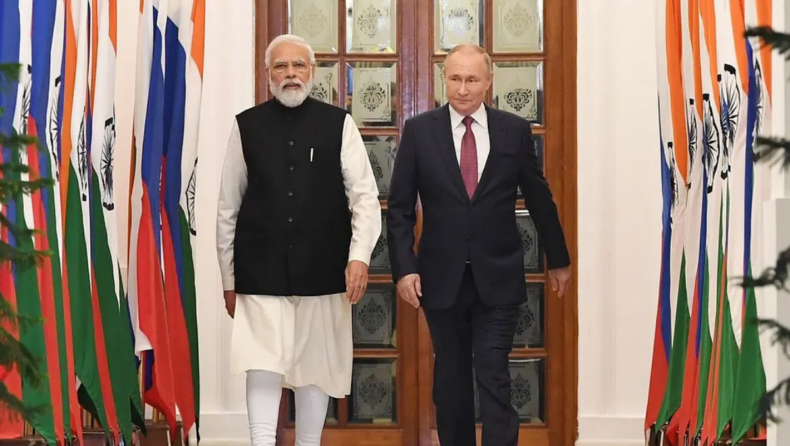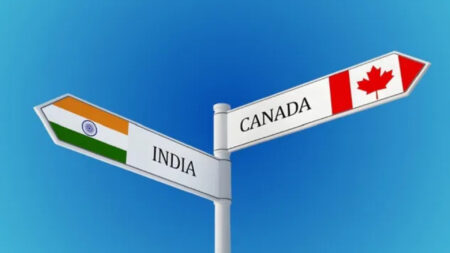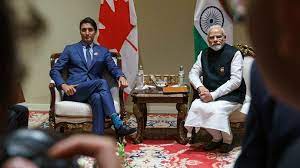On December 6, India and Russia underlined that Afghanistan should not be used for sheltering, planning, training or financing any terrorist groups, including ISIS, the Al-Qaeda and the Lashkar-e-Taiba, and decided to provide humanitarian assistance to the Afghan people.
The annual summit between India and Russia happened after two years due to the COVID-19 pandemic. Last time, Modi had visited Vladivostok to attend the conference in September 2019.
In their meet up, Prime Minister Narendra Modi and Russian President Vladimir Putin pitched for forming a genuinely inclusive government in Kabul. According to a joint statement, they reiterated their strong support for a peaceful, secure and stable Afghanistan.
After their formal talks, which lasted for 3.5 hours, followed by a dinner, Putin immediately left on his official plane. The Russian president arrived and went directly to Hyderabad House, where Prime Minister received him.
Indian officials stated that this was Putin’s second visit abroad since the start of the COVID-19 pandemic. Nineteen commercial pacts and nine inter-governmental agreements were signed during the visit.
According to the sources, the main discussion on Afghanistan revolved around the “security situation and its implications in the region, issues related to terrorism, the current political situation, drug trafficking and radicalization.”
With half of the Afghan population facing starvation, the issue of humanitarian assistance was one of the prime agendas. India offered to send 50,000 metric tons of wheat to Afghanistan via Pakistani territory.
The Russian and Indian leaders also emphasized that “Afghanistan’s territory should not be used for sheltering, planning, training or financing any terrorist groups including ISIS, Al Qaeda, LeT etc.”
Both of them reaffirmed their firm commitment to combat terrorism in all its forms and manifestations, including its financing, dismantling terrorist infrastructure, and countering radicalization to ensure that Afghanistan would never become a haven for global terrorism.
Both the nations recalled the importance of the relevant United Nations resolutions on Afghanistan and the recent outcome documents of the Moscow format consultations and other regional and international mechanisms. Putin and Modi emphasized the central role of the UN in Afghanistan.
Both the leaders had praised the establishment of a permanent consultative mechanism in Afghanistan between the security councils. They also announced the finalization of a “Roadmap of interaction between Russia and India on Afghanistan, which marked the convergence of views and interests of both the nations”.
At a media conference, Indian foreign secretary Harsh Shringla said that the subject of “legitimization” of the Taliban’s government “did not come up”.
On the other hand, Russian foreign minister Sergei Lavrov told reporters that the Taliban’s had to still “keep their words” to form an inclusive government representing all political and ethnic forces. He also mentioned that India could be a part of Afghanistan’s ‘extended troika’.
The differences in opinion between Russia and India were prominent in the joint statement, which skipped the term ‘Indo-Pacific’. Instead, there was a mention of the phrase “in the Indian and Pacific oceans” regions.
The joint statement stated that the emerging regional security should be “free, open, transparent and inclusive”, based on universally recognized principles of international law. Russia and India also highlighted their convergence on the importance of ASEAN centrality in the regional architecture
In 2020, the total trade had fallen to $9.31 billion. It has recovered in the first nine months of 2021, but it remains to be seen if the bilateral trade figures will touch the pre-pandemic high of $11.16 billion in 2019.
“The leaders emphasized the greater efforts to achieve the trade target of USD 30 billion by 2025. In this context, they placed a strong emphasis on new drivers of growth for long-term cooperation,” said the joint statement.
Modi invited Russian investment in India’s energy and steel sector. He also mentioned that both sides have agreed to a target of $50 billion in two-way investment in four years.













